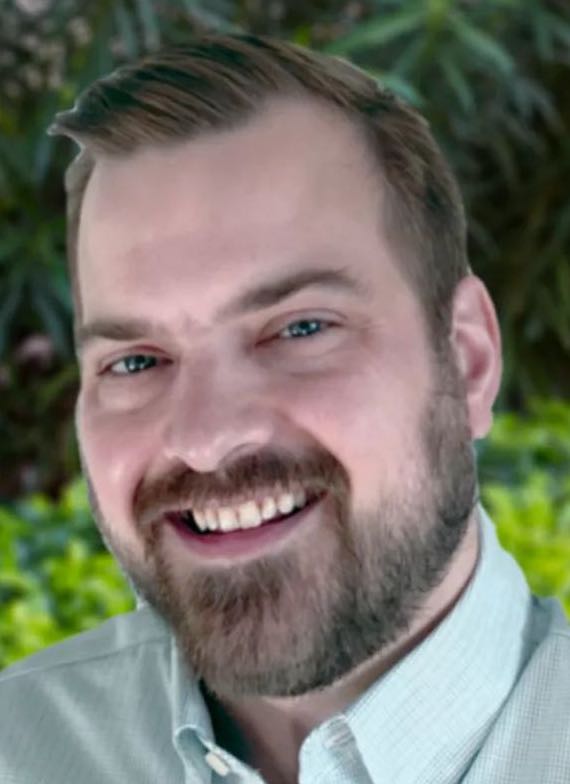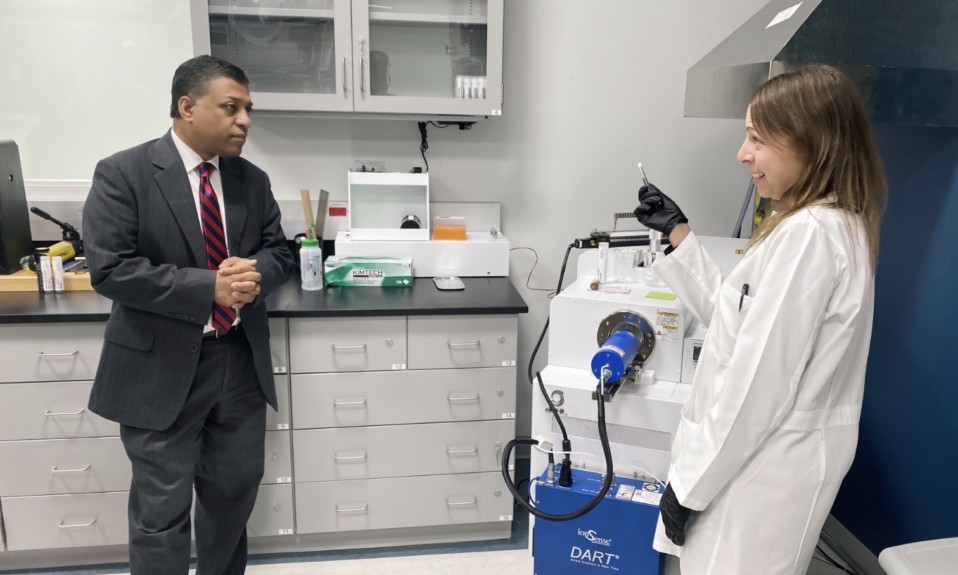The chief medical officer at Affect Therapeutics shares his thoughts on how the healthcare community can do a better job of reaching people with alcohol use disorder
By Jon Peeples, MD
Starting last month, people across the United States were able to access the National Suicide Prevention Lifeline by dialing or texting 988. The number connects people with trained counselors who can provide support and help them get the resources they need. The previous Lifeline number (1-800-273-8255) will remain active, and veterans can access the Veterans Crisis Line by calling either number and pressing 1. The switch to 988 makes the Lifeline easier to remember and to share with others, and it is a great way to improve access to care by reducing barriers.

With the advent of this new number, I want to call special attention to a segment of the population that is at higher risk for suicide, yet often struggles to access and engage in care. According to the Substance Abuse and Mental Health Services Administration (SAMHSA) 2020 National Survey on Drug Use and Health, 27.6 million adults in the United States meet DSM-5 criteria for alcohol use disorder (AUD). Numerous studies across broad populations have described the association of alcohol use with both suicide attempts and deaths, with alcohol playing a role in approximately one-third of deaths by suicide. As we look to increase suicide awareness and implement prevention strategies across the county, finding ways to understand, engage with and treat people with AUD will be a critical part of the effort.
In his book Interpersonal Theory of Suicide, Thomas Joiner posits that death by suicide occurs when a person has both suicidal desire and the capability for suicide. Evidence-based interventions exist for limiting capability, such as reducing access to lethal means by removing firearms from homes or keeping high-risk medications locked up. But decreasing suicidal desire is more complicated. Joiner argues that suicidal desire emerges when a person experiences sustained states of perceived burdensomeness and a thwarted belongingness. In addressing this, the clinician is faced with the challenge of not only making people feel they are accepted during their course of treatment but also helping them regain their sense of connectedness with the world.
Reaching People with AUD
This challenge is especially difficult in people with alcohol use disorder. Despite AUD’s high prevalence, fewer than 20% of people receive treatment, according to SAMHSA data, so the vast majority are not even in clinical settings where providers can start the conversation. Furthermore, the COVID-19 pandemic shattered existing senses of connectedness for many people. One study found month-to-month increases in hazardous alcohol use for those under lockdowns compared to those who were not under restrictions, suggesting that social isolation may drive risky drinking. The U.S. as a whole saw a significant rise is risky drinking, with increases in alcohol consumption from February 2020 to November 2020 translating to one billion more drinks per month and nine million more people binge drinking.
There are many reasons people don’t seek treatment. Some don’t recognize alcohol use as a problem, while others identify stigma and a lack of accessible care as major barriers.
With alcohol use rising and the lack of people in treatment, it is more imperative than ever that we find new ways to engage people in care, especially as we strive to improve social connectedness as part of our suicide prevention efforts. There are many reasons people don’t seek treatment. Some don’t recognize alcohol use as a problem, while others identify stigma and a lack of accessible care as major barriers. As healthcare providers, the impetus is on us to change that.
We can start by being more thoughtful with the language we use. “Junkies,” “drunks” and “users” should instead be “people with substance use disorders.” Urine toxicology results should become “positive” or “negative” for substances rather than “clean” or “dirty.” “Addicts” with “habits” are really “people with risky use.” Making these types of changes may seem small, but they’re part of a larger effort in healthcare to start treating people with substance use disorders with humanity and dignity in a system where that has been lacking for far too long.
Meeting People Where They Are
Healthcare also needs to take a hard shift to start meeting people with alcohol use disorder where they are. Given the ongoing challenges of engagement, we do not have the luxury of offering care the same way it’s been delivered for decades and expecting treatment retention and alcohol-related health outcomes to miraculously improve. Evidence-based modalities are necessary but not sufficient in AUD. Providers must also seek to learn each person’s physical needs, relationship needs, goals, dreams and desires, and then reflect those back in a way that lets the person know they’re understood and helps them believe that engaging in care will result in tangible progress toward recovery.
Technology has the potential to revolutionize healthcare delivery, especially with regard to alcohol use disorder and the closely associated deaths by suicide.
Given provider shortages and the growing number of people who need treatment, leveraging technology in novel ways will be essential. Technology has the potential to revolutionize healthcare delivery, especially with regard to alcohol use disorder and the closely associated deaths by suicide. When we start proving we can both understand people and treat them with dignity, the ones we’ve failed to reach for so long will start showing up. And, in time, we may even gain their trust.
Jon Peeples, MD, is chief medical officer of Affect Therapeutics, the first all-digital treatment program for alcohol and substance use disorders based upon contingency management. His clinical and administrative experience as a board-certified psychiatrist includes work in nonprofit health systems, government health systems and startups.
Top photo: Shutterstock














